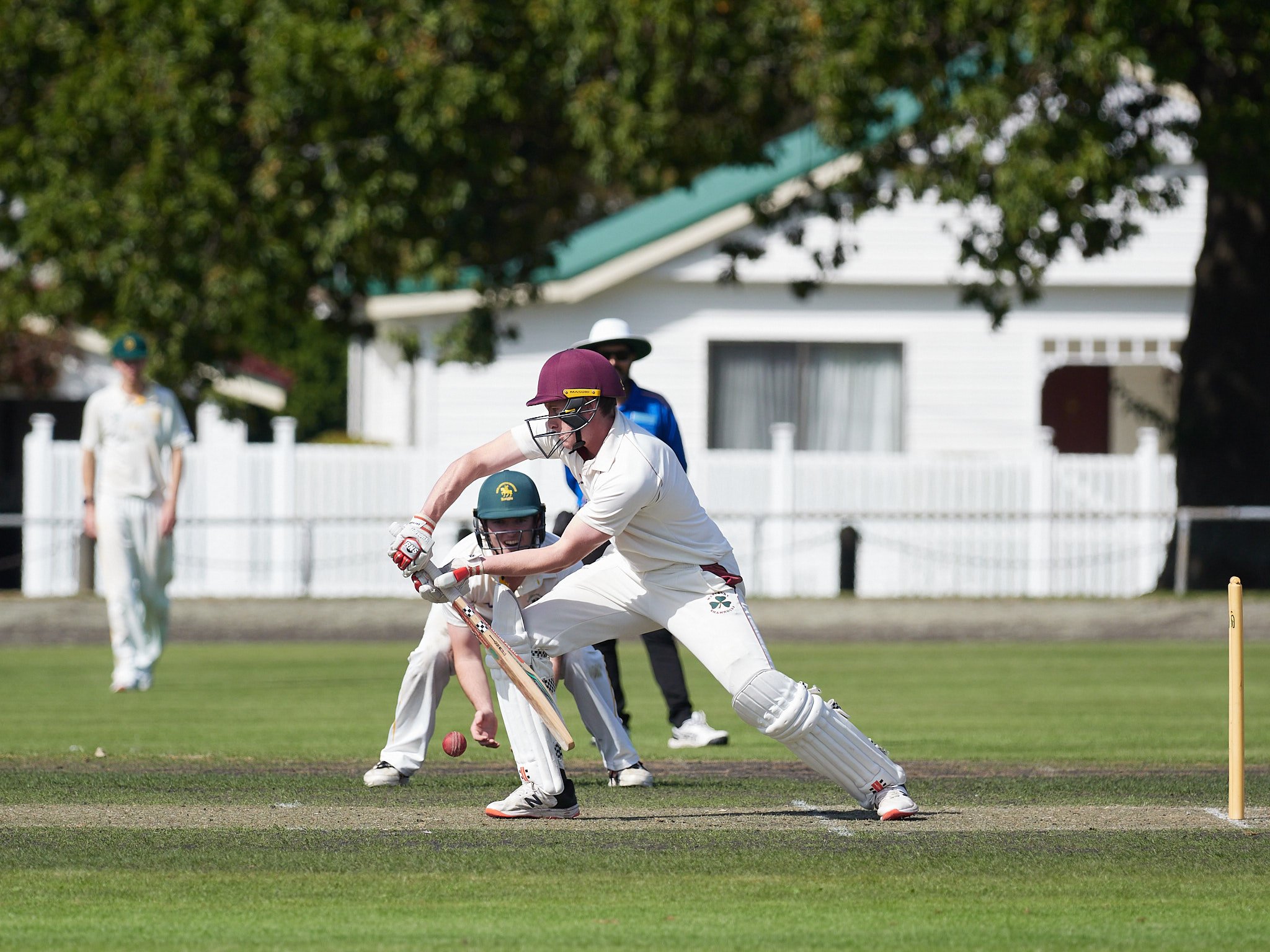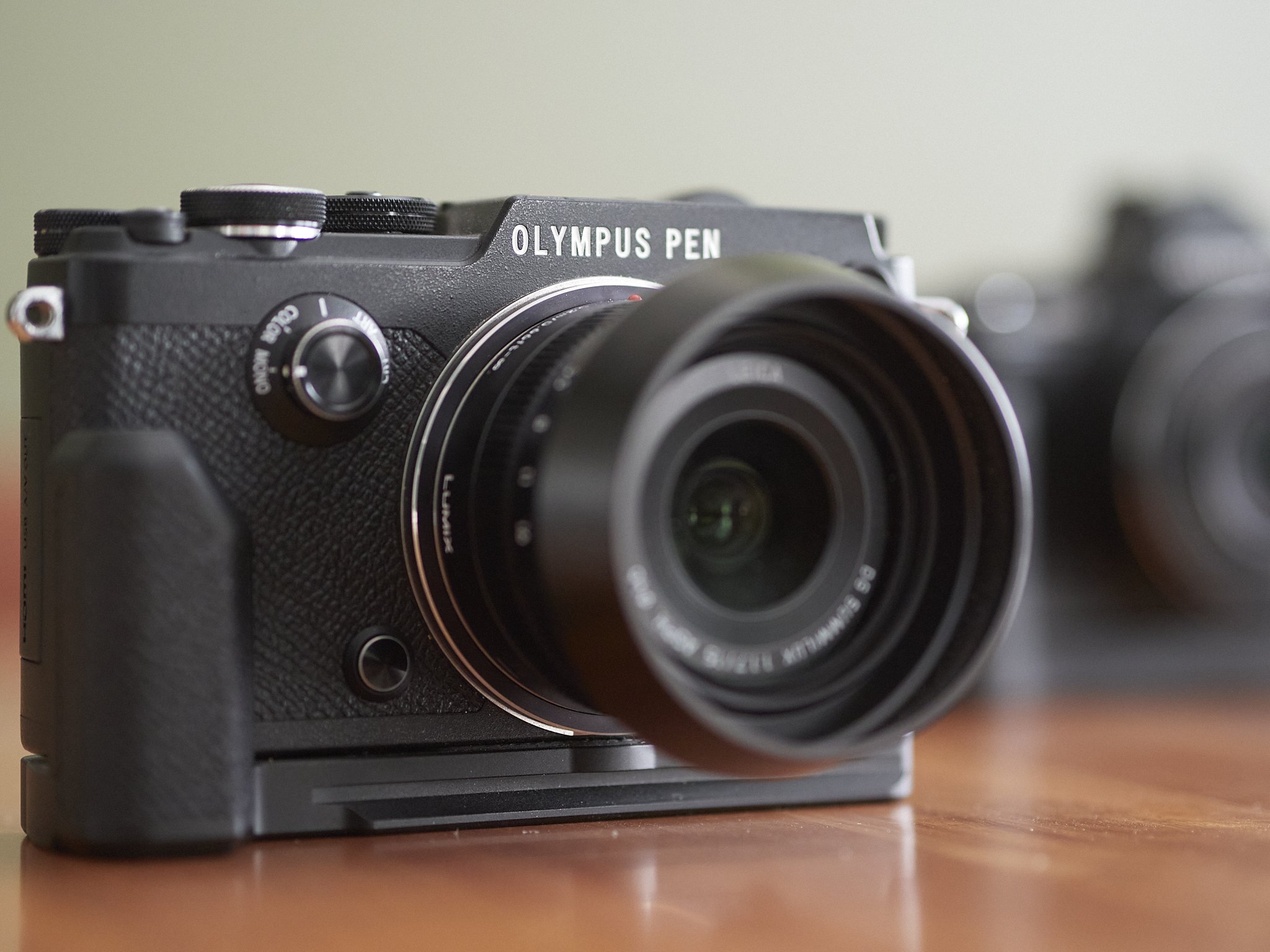The reality is, I do not earn enough to afford the top end Nikon or Canon equivalents and if I bought them, I would have to work very hard just to justify their purchase and see some real results advances. I would most of all, have to specialise*.
Specialising in a small market, can be a road to oblivion, with a decent number of practitioners sharing limited opportunities or in some cases having to actually create a perceived need to fill.
My M43 kit allows me to be a 90 to 95%-er at most things, when probably 75% is enough, becasue no chain of events is perfect. I am a jack-of-all trades, which is actually ok and diversity adds skills that can be shared across the board.
Don’t get me wrong, there are actually advantages to the system as well. More reach, easier sensor size to design lenses and stabilisers for, smaller, lighter, cheaper, more flash power (useable wide apertures), more depth of field leading to some genuine class leading results in these.
Landscapes, wildlife, sport, studio, reportage, portraiture, travel, video, street. All are specifically catered to and each can add to the other. Doing that with full frame would be expensive, for me prohibitively so and in some cases (street, travel), they would be preferred kit anyway.
The same is true with video.
The S5 has the same sensor as its bigger and more expensive brethren, but tops out short of their full specs. It does however have the ability to upgrade as needed, which is important. I feel it is best to pay for enough now, with a growth doorway available, rather than go top end in a field that (a) you may not go further with or (b) may not find a customer for.
The S5 is my enabler for top end 1080 with 4k as an option. Going 6k etc is just too much, but getting less than semi-professional grade 120/1080 is also a deal breaker. Even my G9’s and EM1x’s in M43 format, pushed sideways into the video role are capable of great things.
I am very aware that well exposed and balanced Natural profile footage with a light touch in processing, from a slightly dated, not made to purpose G9 impresses many and satisfies most. It gives you the end result needed without some steps, that can be skipped if you are proficient.
*
Sound is in balance with that. My best sound is 32 bit WAV (optionally RAW) from a pair of Lewitt 040 condensers into an H5 Zoom, or the F1 with my SSH-6 shotgun capsule. Not the best available, but in balance with my video output, which is to say high end amateur or semi pro. Even the quick fix of the MKE 400 is plenty for many.
A Sennheisser MKE 600, used by the TV crews I am around often, into a Zoom F3 or F6 would be the next step, but that more than triples the price, doubles the bulk and is overkill for my needs. In some areas, where a shotgun mic is not the best choice, I can even do better.
Like my stills kit, my video and sound kit is a decent B+ in most areas with a myriad of problem solving options, all within a decently realistic budget. If I make any part better, the rest are out of balance. I learned this lesson years ago when I ran good stereo gear. Everytime I upgraded one part, the rest had to follow.
From an amateur or starter kit, to “best value in class” is a decent and smart step, the researching of which is a great learning process. The step up to best available is a rule of diminishing returns, often with an audience of one (you that is).
Use 32 bit Float sound from a $2000 mic, with 6k 4:4:4 video, or shooting full frame 45mp RAW and your output potential will often, probably always, be lost at some point in the chain and rarely be apppreciated by the average client.
Record poor 720i with camera only sound or shoot poorly exposed 8-bit jpegs and you will be able to see where you fell short, most of the time, but again, some clients will not know the difference unless you show them.





















































































































































































